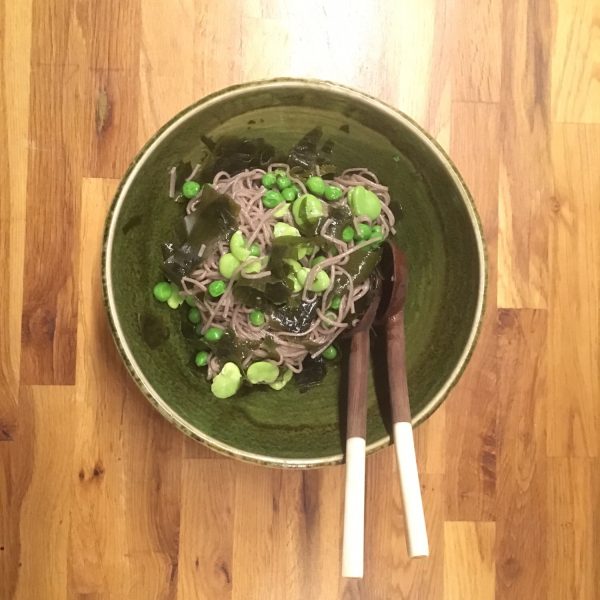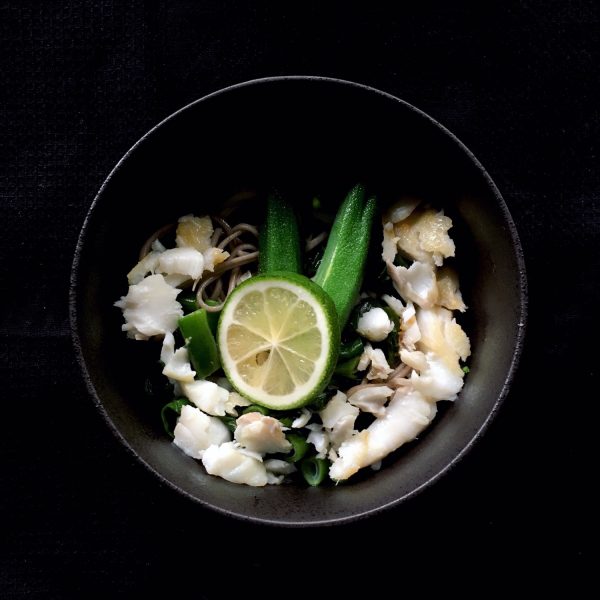Welcome September!!! Honestly, I don’t remember there was a month of August this year… and September starts in quite a gloomy mood… bye bye summer vegetables and welcome autumn!!! With the first butternut squash in and no more korinki… rain and chilly wind.
But while when I open my fridge it is, somehow, always easy to think about something to cook… my pantry recently has been rather empty. I was so much waiting for the new rice to arrive, and for my favorite flour too, that I completely forgot that we were running out of everything: no more pasta, no more regular flour, very little olive oil… 🤭
Our bread are now whole wheat bread as this is the only flour I have left. And so our our pancakes and crepes! Not that I dislike it, but A. sometimes prefers a mix of flours.
And last night when it was time to cook dinner, after another long day of work, you know, when you are starving and you want something quickly ready so that you can sit back and have a nice break… the very last thing I had was a pack of dried soba… I was dreaming of pasta, but soba would be a good alternative, well the only alternative! Because there is no meal if there is no carb in our house!
The plating was made in a rush and the picture taking in a rush too, but the recipe ended up being perfectly balanced and taking advantage of the end of summer vegetables that are bell peppers and the nalta jute. So let me share my recipe with you, in case you are in a rush and have soba noodles nearby.
End of summer sautéed soba (2 servings)
- 2 portions of soba noodles (dry, fresh, semi dry…)
- 1 bell pepper (color of your choice)
- 2 big handful of nalta jute
- 1tsp of olive oil
- 2tbs of soya sauce
Boil the soba as indicated. Rinse well after they are cooked and keep in water.
While the soba are boiling, wash and chop very thinly the bell pepper. In a large heated pan, add the oil, the bell pepper and cook at medium heat until it soften. Wash the nalta jute and add to the pan. Continue cooking at medium heat until soft too. Drain the soba and add to the pan. Stir well. Add the soya sauce and stop heating. stir again well and serve immediately.
If you manage well you should have your meal ready in 15min!
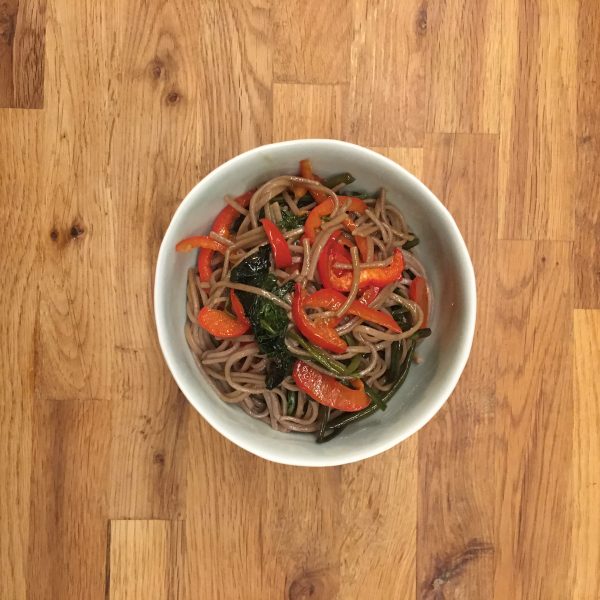
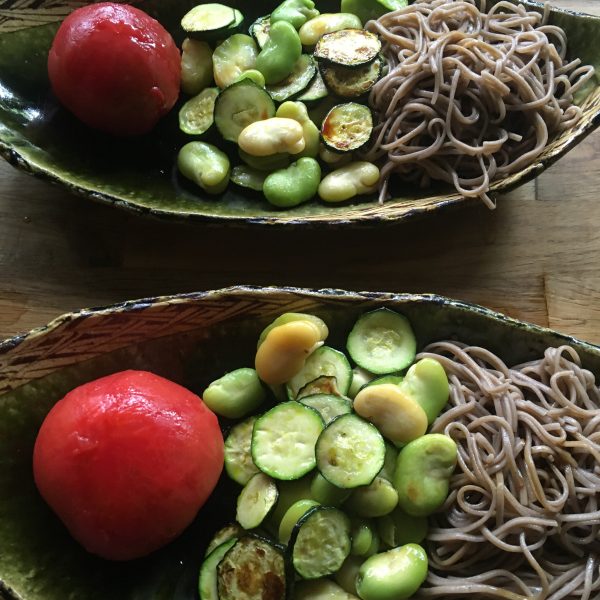
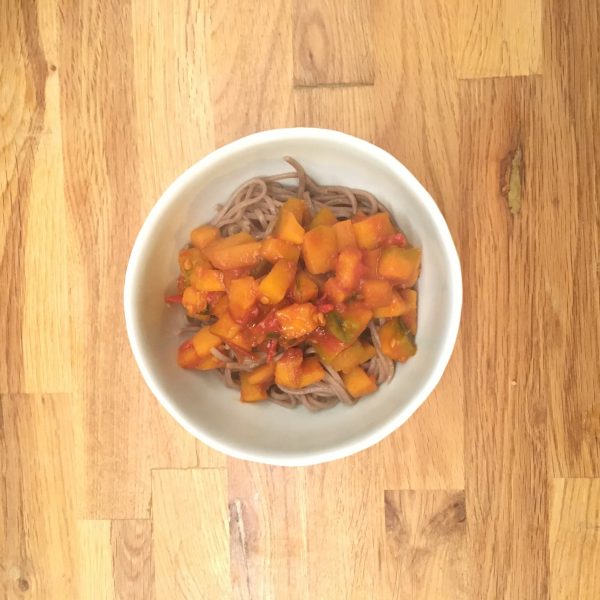
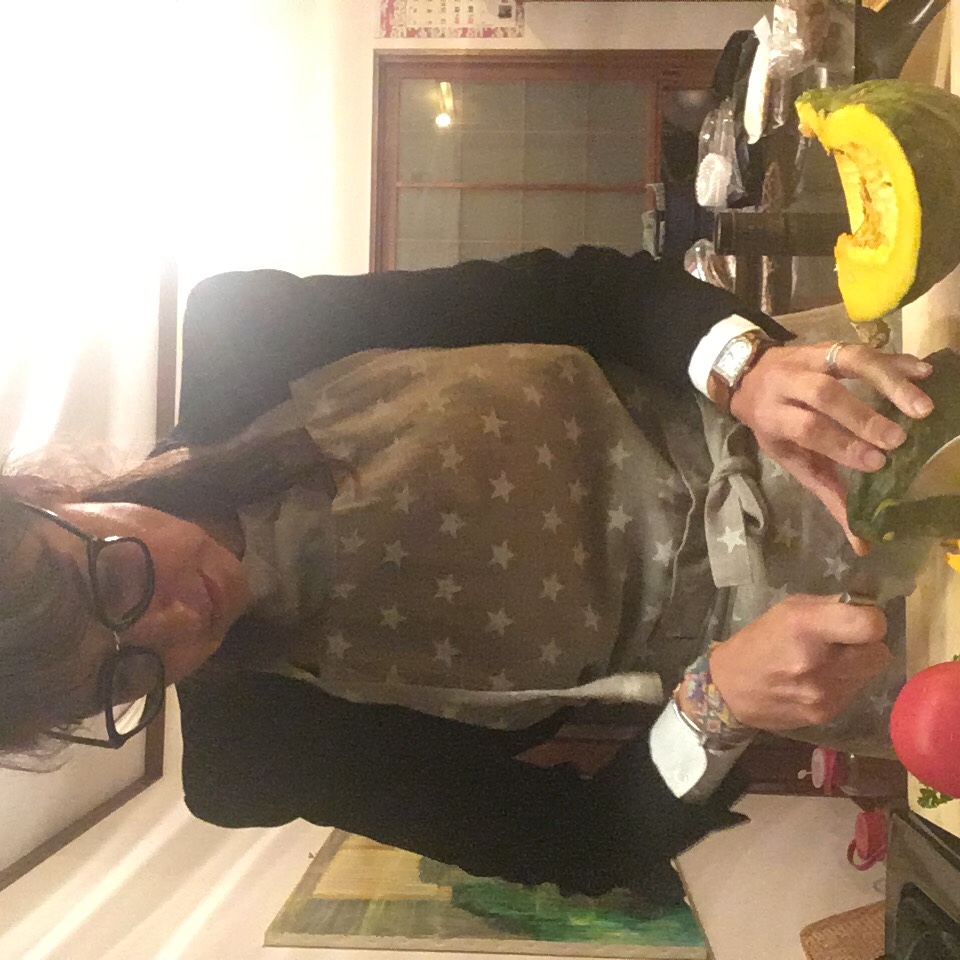 Well I was preparing dinner with the leftover veggies: kabocha and tomatoes. I also picked some fresh parsley in the garden and was thinking about what to do with them when the crave for soba noodles just came. All was decided… And that’s how this recipe of kabocha soba was born. It was so delicious that I really need to share it with you! Moreover because it’s been a while I haven’t shared a proper recipe!!
Well I was preparing dinner with the leftover veggies: kabocha and tomatoes. I also picked some fresh parsley in the garden and was thinking about what to do with them when the crave for soba noodles just came. All was decided… And that’s how this recipe of kabocha soba was born. It was so delicious that I really need to share it with you! Moreover because it’s been a while I haven’t shared a proper recipe!!